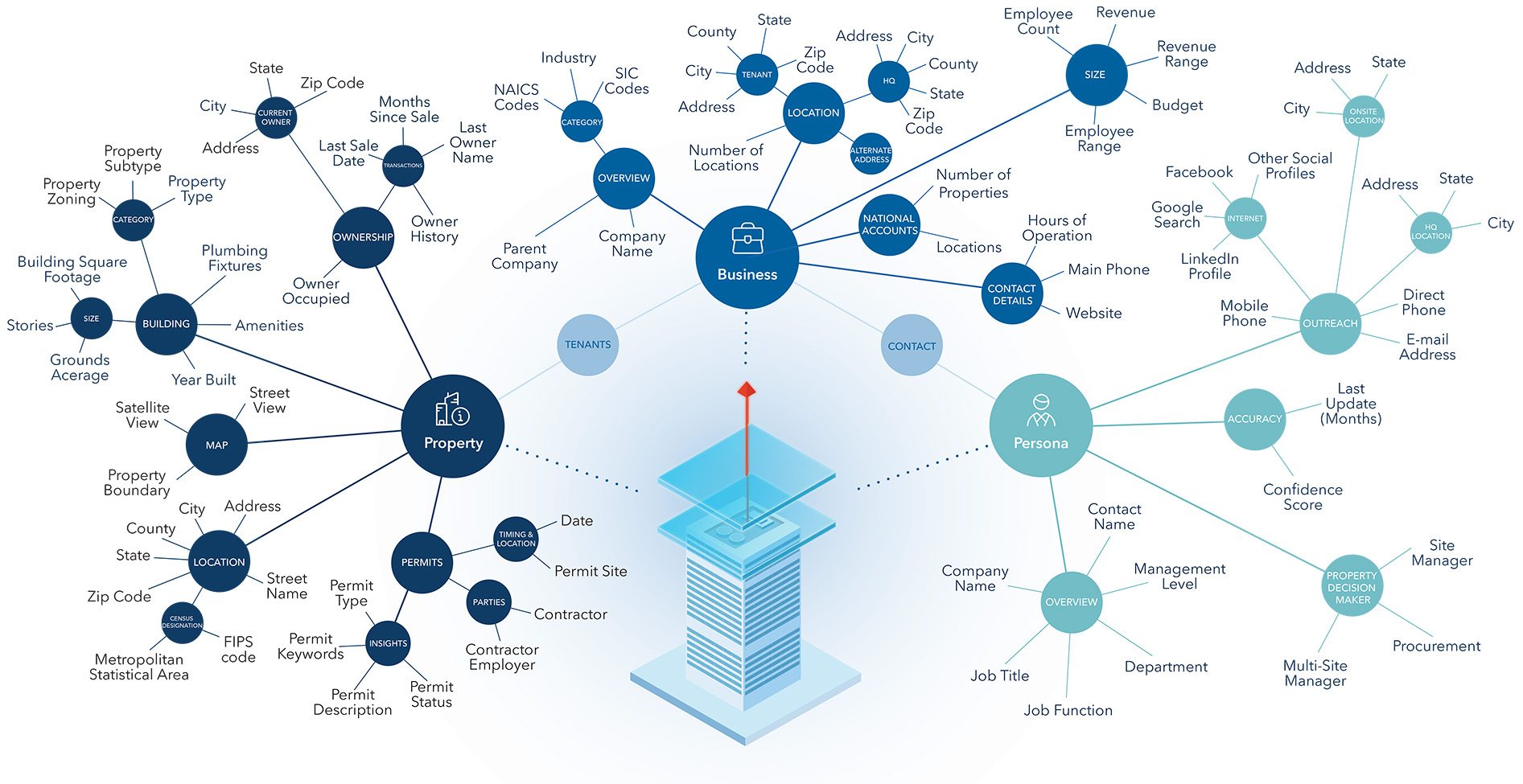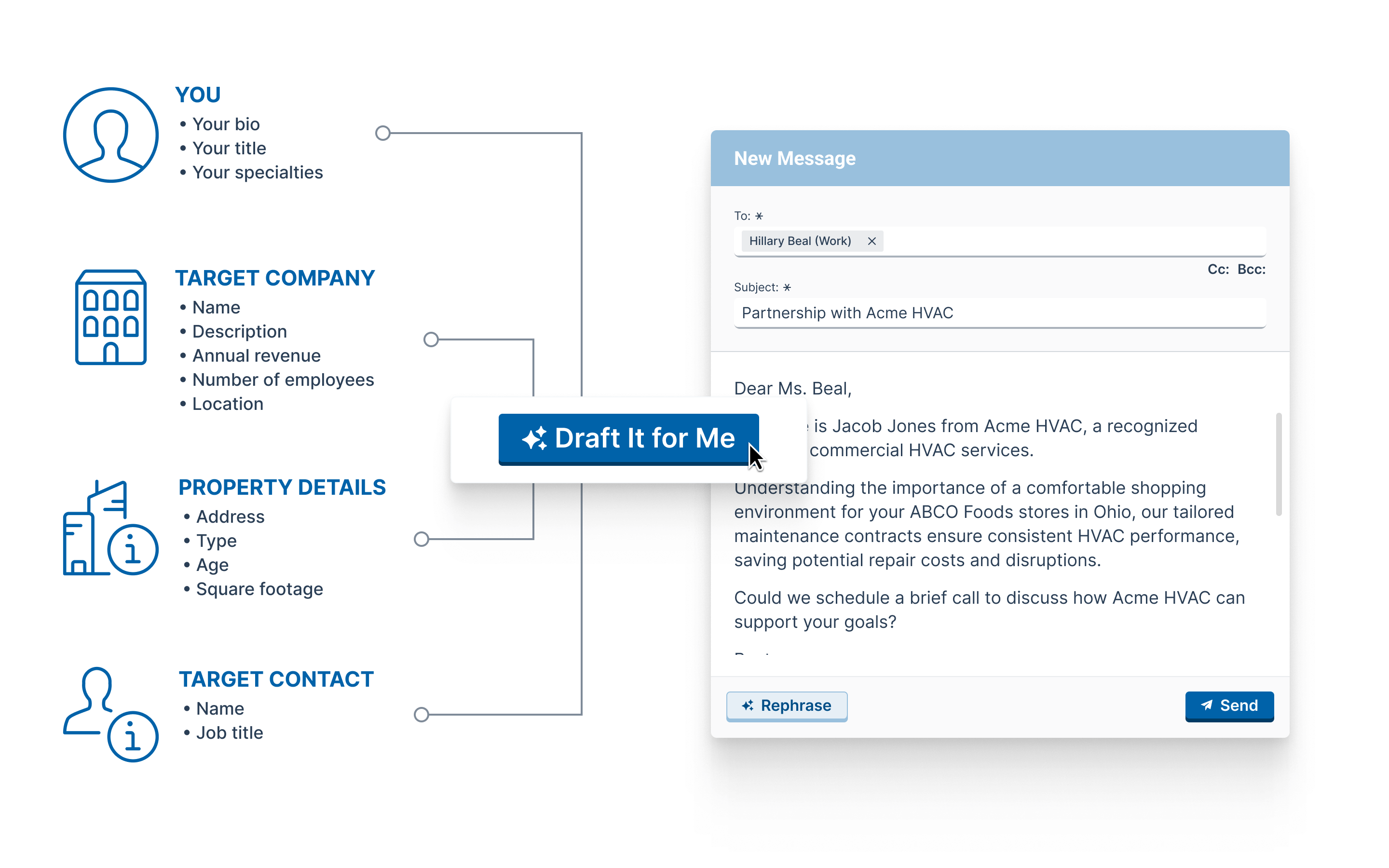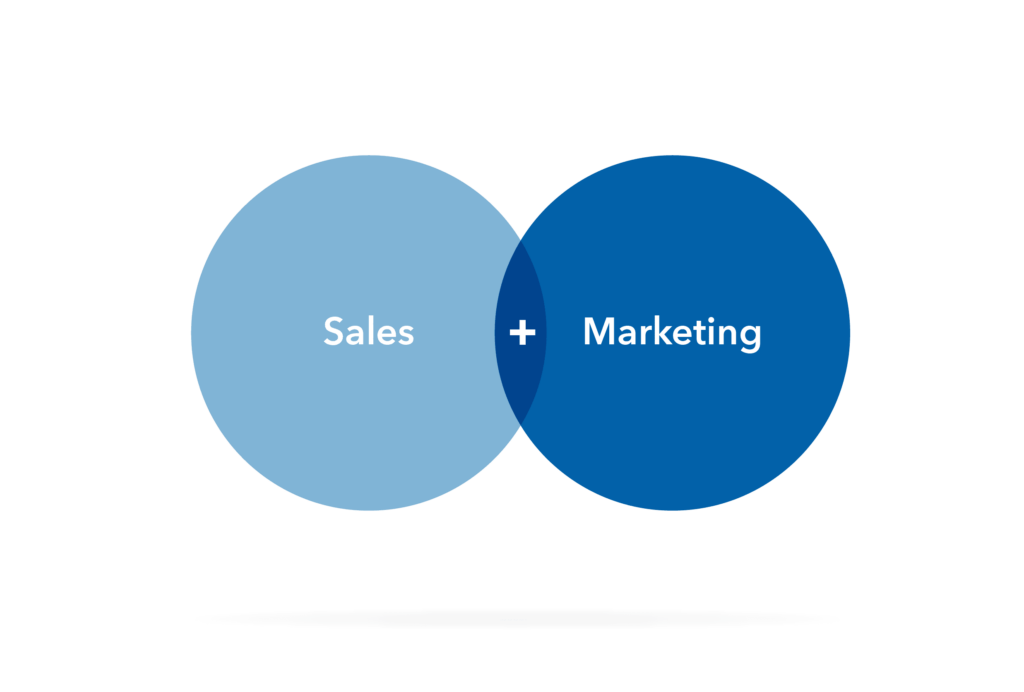Introduction
In sales, efficiency is king. It’s the force that drives a lead through the sales cycle and turns it into a closed deal.
But how do you make this process as smooth and effective as possible?
In this short guide, we’ll look at the concept of sales efficiency and sales process optimization. We’ll discuss ways to accelerate lead generation, streamline sales, and improve sales cycle efficiency.
From lead-gen to deal clos,e every stage of the sales cycle has the potential for optimization. With a few key tools and the right strategies, you can make your sales process not only efficient but also scalable.
Whether you’re a salesperson, sales manager, or business owner, this guide will give you practical advice.
Understanding The Sales Cycle and Why It Matters

The sales cycle is the series of predictable stages a prospect goes through, from initial awareness to a closed deal. It’s a structured process to guide prospects to a buying decision— and each stage has a purpose.
The sales cycle typically has several stages: prospecting, lead-gen, lead nurturing, qualification, proposal/presentation, negotiation, and closing. Each stage is critical in an effective sales process, and there should be a trigger to know when a potential customer has entered and exited each one.
Understanding these stages and the triggers that move a lead through the sales cycle is key for any sales team wanting to improve effectiveness and accelerate deal flow.
An efficient sales cycle can significantly impact business growth. When streamlined, it shortens the time required to convert leads, increasing throughput. This, in turn, leads to higher sales volumes and revenue generation. Additionally, an optimized sales cycle ensures that sales reps spend more time on value-added activities, thus boosting productivity.
Businesses that focus on optimizing their sales cycle efficiency often see increased customer satisfaction. By ensuring faster response times and personalized interactions, they can enhance customer relationships, boosting the chances of repeat business. Ultimately, an efficient sales process positions your company as responsive and attentive, distinguishing you from competitors.
Accelerating Lead Generation with Data-Driven Insights

Prospecting and lead generation are the first steps to filling the sales pipeline, but not all lead-gen methods are created equal. Traditional approaches like cold calling or driving for dollars waste time chasing unqualified prospects. Instead, you need platforms that identify qualified prospects and give you the tools to turn them into leads. This means using data-driven tools.
Platforms like Convex’s sales intelligence platform give you the data necessary to do just that. By using what is known as “buying signals,” Convex can show you which commercial accounts are actively looking for your services, then give you their contact details and even the tools to create personalized messaging tailored to their needs.
Example: A cleaning company spots properties undergoing renovations by analyzing permit data—perfect timing for pitching their services.
Combining property data, sales intelligence, and buying signals, equip your team with visibility into their entire territory so you can see who’s ready to buy. Not only does this help fill your pipeline faster, but it also cultivates high-quality leads that are more likely to convert.
In this way, the right tools let you focus on the leads that matter, cutting down wasted effort and speeding up results.
Using CRM for Sales Cycle Efficiency

Next, you’ll need a pipeline management tool or CRM. Pipeline tools and Customer Relationship Management (CRM) systems are vital to managing key data so you don’t miss sales opportunities, but they also help you streamline sales activities.
CRMs like Salesforce, Hubspot, and Zoho provide a centralized platform to track customer interactions, store data, and manage relationships. You can add install base data, store preferences, service and maintenance agreements, contracts, equipment asset data, and other helpful data points for upselling and cross-selling opportunities.
This helps sales teams stay organized and efficient at every stage of the sales cycle.
One of the biggest benefits of a CRM is its ability to improve sales forecasting. By giving updated projections on quota coverage and Kanban charts that show closing percentages, win and loss rates, and objections, sales teams can see trends and patterns that help predict future sales outcomes. This data-driven approach means businesses can make informed decisions, allocate resources, and set realistic targets.
In short, CRMs facilitate better communication and collaboration within the sales team. By giving team members access to customer data, they can ensure consistent messaging and personalization. This means higher customer satisfaction and more deals closed.
Sales Simplified: Automation and Lead Qualification

Today’s automation tools are better than ever. Automation removes repetitive tasks that don’t require a human touch.
Sales reps spend valuable time on things like manual data entry, follow-up emails, and scheduling—but these tasks can be automated so that they can focus on prospecting, building relationships, and closing deals—which are the actual drivers of revenue.
There are many tools and software to automate boring tasks, and we talked about several in the first two sections: Convex, Salesforce, and Hubspot.
However, to give you some additional examples, using email automation tools like Constant Contact or MailChimp, reps automate nurture campaigns and email workflows that run without manual intervention.
Scheduling tools like Calendly also create additional efficiency, allowing clients to book meetings at their convenience, with no back-and-forth in setting appointments.
Lead Qualification Strategies
Once you have an efficient sales process and the tools to support it, you need a way to focus sales reps’ attention and effort on leads that are most likely to convert. This means lead scoring.
Not all leads are equal; identifying the ones most likely to convert is key to sales success. One strategy is to score leads based on specific criteria like engagement level, budget, and decision maker.
Convex uses what’s called “signal strength” to help you score leads. We take data points collected from across the web and factor things like interactions with your website and social media accounts, intent data, and other primary buying signals that would indicate a high likelihood of making a purchase.
Another strategy that can help you focus your team is lead segmentation. Segmenting leads into “hot,” “warm” and “cold” classifications means reps can allocate time and resources where needed. In either case, having a solid lead qualification process that’s shown to be effective at driving deals is key to streamlining the sales cycle and increasing conversion rates, which means more closed-won opportunities.
Lead Response Time and Personalization

Response time can impact conversion rates by showing prospects you care about their interest. Research has shown that responding within 15 minutes is best, but as long as you respond within an hour, conversion rates increase. Response management systems can streamline initial communication so leads don’t have to wait too long.
Timely follow-up is a powerful indicator of the type of service you’ll provide to your potential customers. Are you swift, reliable, and proactive? These are all things your potential customers will be asking themselves as they wait for your response.
Using CRM tools, companies can set alerts for immediate actions so that leads don’t slip through the cracks. Automated replies can send instant acknowledgment so prospects know their inquiry is being handled.
But don’t forget personalization. No matter what you do, the biggest mistake you can make in lead follow-up is not paying attention to the details.
Personalization is more than just addressing someone by their first name. It’s about listening to them, understanding their unique needs, and addressing the interests of each prospect. This is where using the data from your CRM can help sales reps tailor the communication to the individual prospect.
Customized messaging builds relationships with leads in the same way that using someone’s first name increases their likelihood of listening to what you have to say. In this way, personalization builds trust and loyalty, which are key to long-term relationships with clients.
Align Sales and Marketing to Accelerate Revenue

The concept of revenue acceleration gained popularity a few years back because it aligned sales and marketing teams. Many marketers want to be creative, while sales want to drive deals that win them commissions. At times, these two goals can be at odds.
But when both teams work together, each one benefits from the other’s skillset.
Sales and marketing “aligned” means both teams are working towards the same goals and overall business performance improves.
When sales and marketing are “in sync,” companies can create messaging that resonates more with the target audience. This harmony means higher conversion rates and better customer retention.
To achieve this alignment, start by creating a space for open communication between the sales and marketing teams. Set clear goals, schedule regular meetings, and create feedback loops so everyone knows their part in the customer’s journey and plays it.
Creating shared content calendars, “lead-handoff” processes, and establishing a common understanding of the buyer persona will help align sales and marketing efforts.
Ultimately, when sales and marketing work together towards the same goals using data-driven insights and automation tools, businesses can accelerate their revenue growth—a unified strategy means better sales efficiency and success.
Sales Team Training and Development

A strong sales team is the backbone of your business. But building a team that consistently performs requires more than hiring talented individuals—it takes ongoing training and clear goals. A well-trained team can confidently handle complex sales processes and adapt to each prospect’s unique needs.
The key is continuous training. By keeping your reps up to date on market trends and sales technology, you empower them to refine their strategies and approach every interaction with precision. Training doesn’t just improve skills; it builds confidence and equips your team to handle objections, negotiate effectively, and close deals faster. This is why Convex offers regular training to make sure your team is getting the most out of our tools.
Here’s how to make your training program effective:
1. Set Clear Goals and KPIs: Specific, measurable targets keep everyone on track. When your team knows exactly what success looks like, they can focus their energy on hitting those benchmarks.
2. Focus on Emotional Intelligence: Sales isn’t just about knowing the product; it’s about understanding the customer. Teach your reps to identify pain points and motivations so they can craft solutions that resonate.
3. Provide Practical Tools and Resources: Role-playing scenarios, objection-handling techniques, and product deep-dives help reps feel prepared for any situation.
With the right training in place, your team will be ready to turn challenges into opportunities and build stronger relationships with customers.
Closing Deals: Effective Presentations and Overcoming Objections

When it comes to closing deals, presentations are your moment to shine. A well-delivered presentation doesn’t just inform; it inspires. It’s your chance to demonstrate your product’s value and show the prospect how you’ll solve their specific problems.
Here’s how to create winning presentations:
Focus on the prospect’s needs, not just your product’s features.
Use engaging visuals to simplify complex ideas.
Keep your message clear, concise, and actionable.
But even with a great presentation, objections will happen. When they do, don’t see them as roadblocks—see them as opportunities to deepen trust. Listen carefully, acknowledge their concerns, and respond with solutions.
Pro Tip: Confidence is contagious. Equip your team to approach objections with empathy and preparation. Reframe objections as a sign that the client is engaged and curious. This mindset shift not only helps close deals but builds stronger client relationships.
Post-Sale: Follow-Up Strategies and Customer Retention

Closing the deal isn’t the end of the sales cycle—it’s the beginning of a long-term relationship. A solid follow-up process ensures your new customer feels valued and supported.
Start with a timely follow-up. A quick check-in reassures your client that they made the right decision and opens the door to address any concerns. Personalized follow-ups show that you’re invested in their success, not just their business.
Example: Send a thank-you email with tips for getting the most out of your product or service.
Pro Tip: Use CRM tools to schedule follow-ups and set reminders for future check-ins.
Retention is where your business earns long-term value. It’s easier (and cheaper) to keep an existing customer than to find a new one.
Regular communication, tailored offers, and loyalty programs build trust and create advocates who’ll recommend your business to others.
Utilizing Analytics to Identify Bottlenecks and Improve Sales Processes

To improve efficiency, you first need to understand where you’re losing time or opportunities. That’s where analytics come in. By examining data from every stage of the sales cycle, you can pinpoint bottlenecks and inefficiencies.
Example: Are leads getting stuck at the proposal stage? Are follow-ups taking too long? Analytics can reveal exactly where to focus your efforts.
Metric to Watch: Lead velocity rate (LVR). This shows how quickly leads move through your pipeline and helps identify where delays occur.
Analytics also drive continuous improvement. When your team can see what’s working (and what’s not), they can adjust their strategies in real time. This flexibility keeps your sales process aligned with market demands and customer expectations.
Conclusion: Building a Scalable and Efficient Sales Process

Efficiency doesn’t happen by chance—it’s the result of smart planning and focused execution. By training your team, streamlining processes, and using data to guide your decisions, you can create a sales cycle that works harder for your business.
Implementing strategies like CRM integration, automation, and analytics isn’t just about saving time—it’s about closing more deals, building better relationships, and driving sustainable growth.
Ready to take your sales process to the next level? Schedule a free demo of Convex today to see how property intelligence can transform the way you find leads, engage prospects, and close deals.
Share





